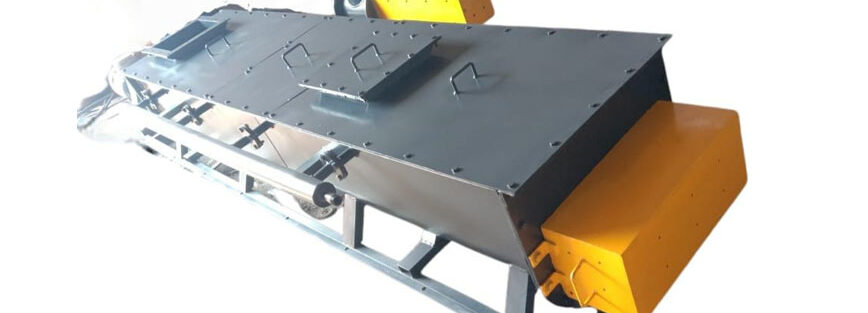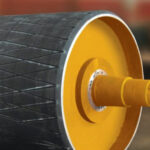Screw conveyors are used to convey bulk material from almost any position (vertical, horizontal, or at an incline) and are one of the most reliable methods of conveyance. The screw conveyor is composed of a pipe with a welded steel strip that is formed into a continuous helix. The helix is referred to as flighting. The distance along the pipe from one point on the flighting to the next similar point is called the “pitch”. Couplings and shafts refer to the mechanisms by which two screw conveyors are joined. The screw conveyor may be housed in a “tube” or “trough.” The tube is a hollow cylinder, whereas the trough has a “U” shape profile, hence the term “U-trough” augers. Hangers are used to provide support and maintain the alignment of the screw conveyor.
Tube and U-trough screw conveyors are the two most common type conveyors of grain. Generally, U-trough screw conveyors operate at a slower speed than tube screw conveyors. Their screw diameters are usually larger, giving them greater capacity per revolution. Because of their lower speed, the U-trough screw conveyors are generally considered to cause less grain damage than tube screw conveyors. However, tube screw conveyors are less expensive and meet the needs of most grain handling situations.



